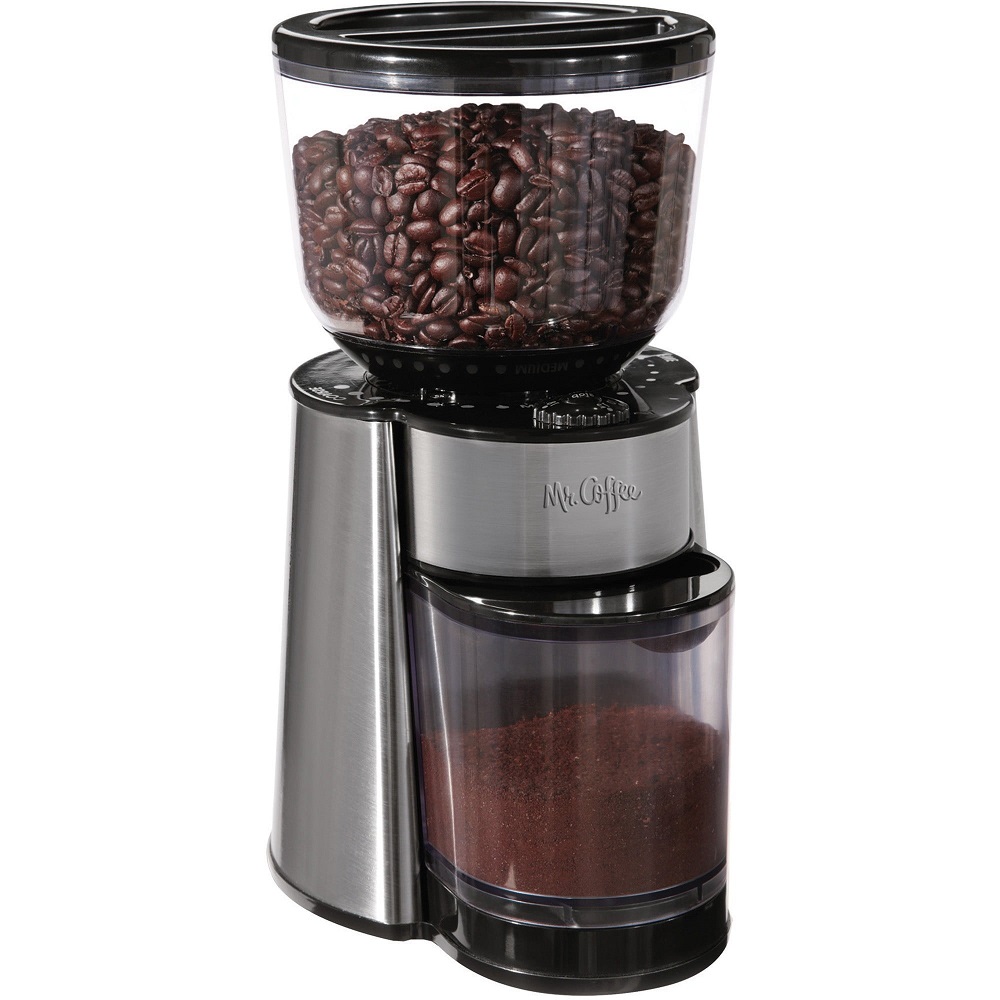Coffee lovers know the difference between pre-ground and freshly ground coffee. This difference can significantly influence the taste, aroma, and overall experience of your brew. At the center of this transformation? The coffee grinder. A quality grinder is an essential tool for any serious coffee enthusiast. In this extensive article, we will explore different types of coffee grinders, how to choose the right one, and the importance of grind size. Each section will shed light on the fascinating world of coffee grinding.
What is a Coffee Grinder?
Definition and Purpose
At its core, a coffee grinder is a device designed to grind coffee beans into smaller particles. The purpose of grinding coffee beans is to increase the surface area of the coffee grounds. This increase in surface area allows for better extraction of flavors when the coffee is brewed. In essence, the grinder prepares the coffee for the brewing process.
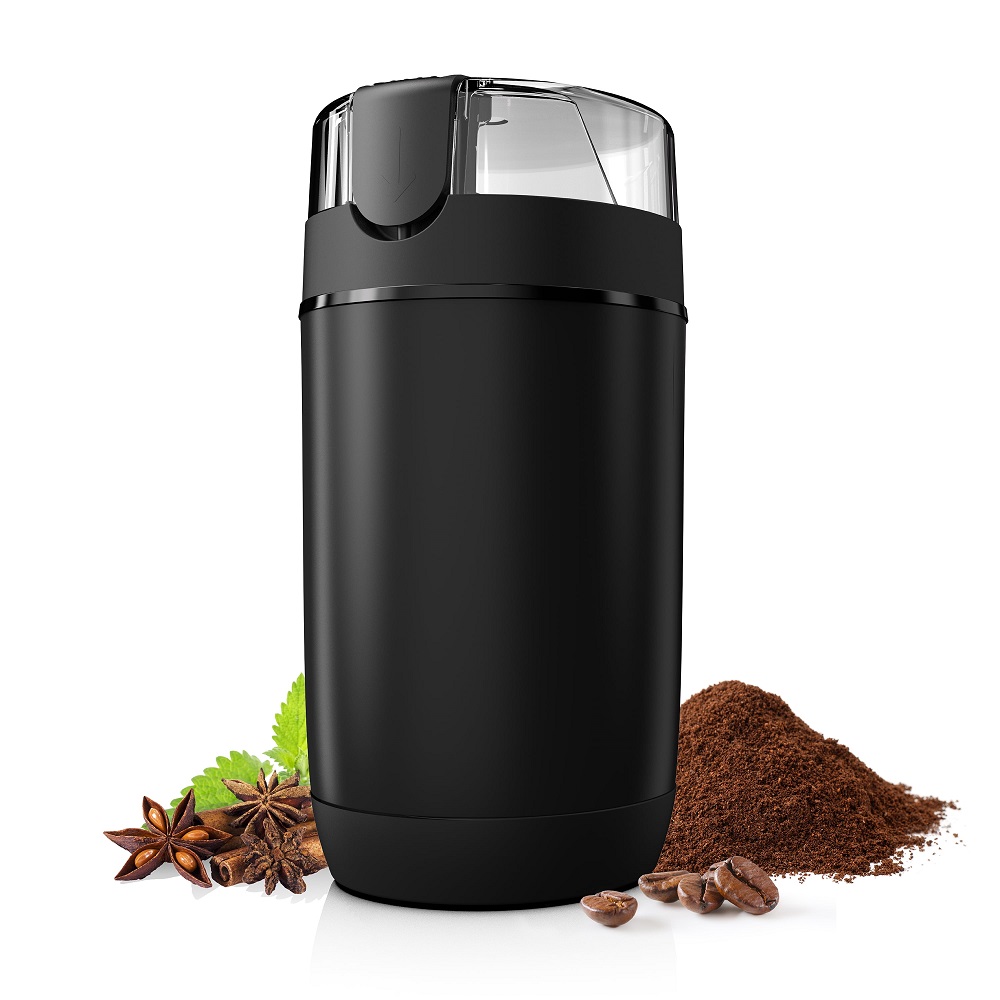
The process of grinding coffee beans is not just a trivial task. It is a critical step that can dictate the quality of your coffee. Ground coffee quickly loses its freshness due to oxidation after being exposed to air. This is why it is always advisable to grind your beans just before brewing. A coffee grinder allows you to do just that, ensuring you enjoy the freshest cup possible.
How Coffee Grinders Work
Coffee grinders typically use either blades or burrs to process the coffee beans. Blade grinders chop the beans into smaller pieces, while burr grinders crush them into a consistent size. The grinding mechanism is vital for determining flavor quality.
Blade grinders are often more affordable and easier to use. However, they can produce uneven grind sizes, which can affect the extraction process and the taste of your coffee. On the other hand, burr grinders create uniform grounds, providing a more consistent extraction. This results in a richer and more complex flavor profile.
Understanding how coffee grinders work helps coffee enthusiasts appreciate the importance of their choice. A quality grinder is an investment that pays dividends with every cup brewed.
Types of Coffee Grinders
Blade Grinders
Blade grinders are among the most common types of coffee grinders. They utilize sharp blades to chop coffee beans into smaller pieces. They are often compact and affordable, making them a popular choice for casual coffee drinkers. Many people choose blade grinders for their simplicity and ease of use.
While blade grinders are convenient, they do have disadvantages. The blades can create uneven grind sizes. Some coffee grounds may be very fine, while others remain chunky. This inconsistency can lead to over-extraction or under-extraction when brewing, affecting the coffee’s overall taste. As a result, those who are serious about their coffee may find blade grinders wanting.
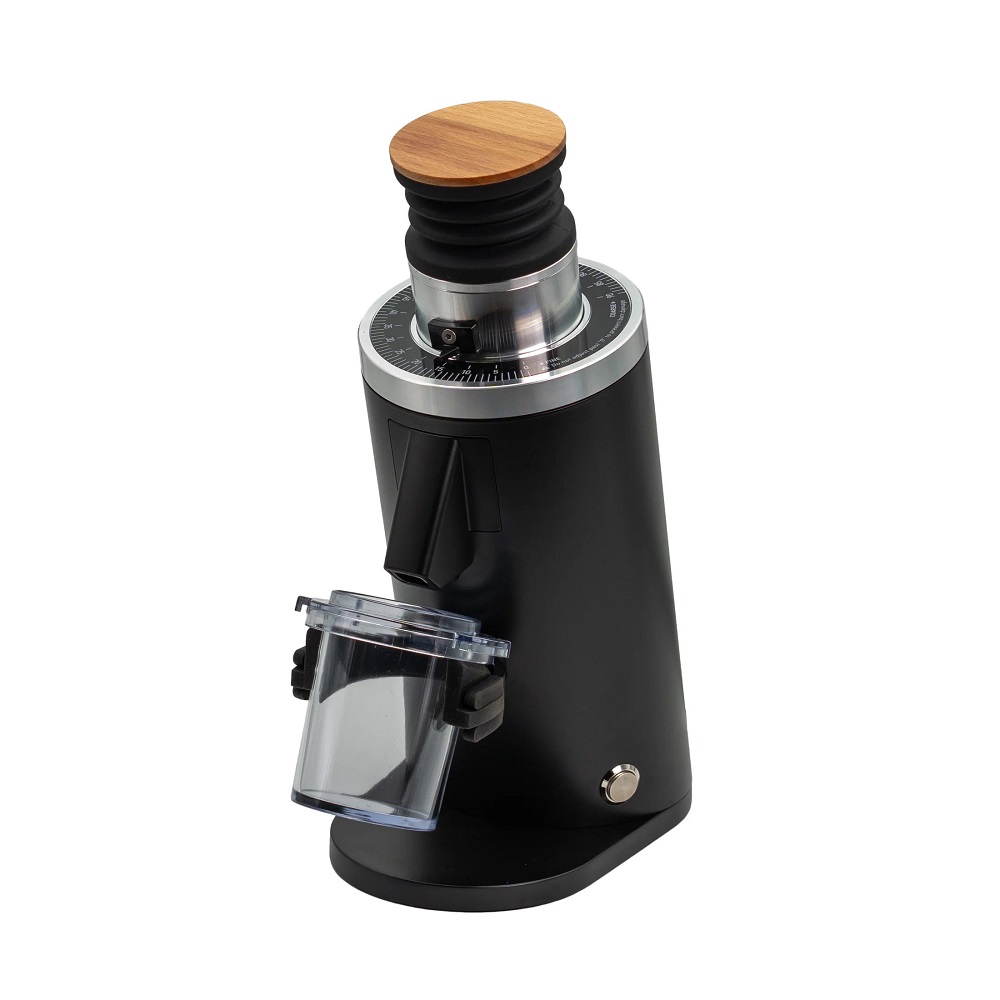
Burr Grinders
Burr grinders are the preferred choice for most coffee aficionados. They consist of two revolving surfaces that crush the beans into uniform particles. This grinding method produces a consistent grind size, essential for quality coffee extraction.
There are two types of burr grinders: flat and conical. Flat burr grinders use parallel plates to grind the beans, while conical burr grinders use a cone-shaped grinder. Both types deliver excellent grind consistency. Many coffee experts argue that the conical burr grinder is the best choice due to its ability to minimize heat and static, preserving the coffee’s flavor.
Burr grinders also tend to be more expensive than blade grinders. However, for coffee lovers who prioritize flavor and quality, investing in a burr grinder is often worth the cost.
Manual vs. Electric Grinders
Another classification of coffee grinders is between manual and electric models. Manual grinders require the user to turn a crank to grind coffee beans. They are often compact and portable, making them a favorite among travelers. Manual grinders allow for a hands-on experience, giving users full control over grind size and consistency.
Electric grinders, on the other hand, save time and effort. They can quickly grind large batches of coffee beans. However, they may come at a higher price point and may not be as portable. Many coffee enthusiasts choose electric grinders for home use while keeping a manual grinder for trips or camping.
When deciding between the two, consider your lifestyle and coffee-drinking habits. For those who enjoy the ritual of making coffee, a manual grinder can augment the experience. For busy individuals, an electric grinder might be the best choice for efficiency.
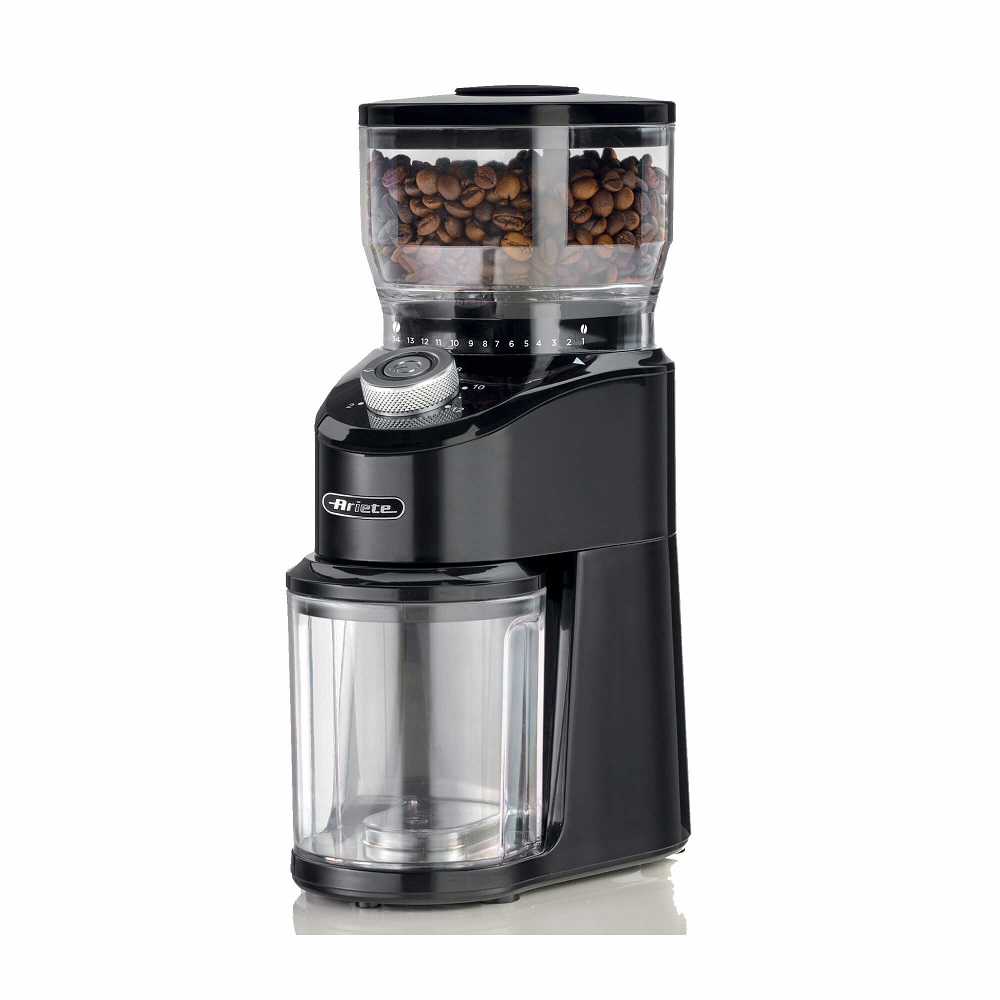
Choosing the Right Coffee Grinder
Assessing Your Coffee Preferences
Understanding your coffee preferences will help you choose the right grinder. Start by considering the type of coffee you enjoy most. Do you prefer espresso, pour-over, or French press? Each brewing method requires different grind sizes to extract the best flavors.
For espresso, a fine grind is essential. A burr grinder is often the best choice. For drip coffee, a medium grind is suitable, while French press calls for a coarse grind. Knowing your brewing method will guide your choice of grinder type and grind settings.
Budget Considerations
Coffee grinders can range from budget-friendly options to high-end models. Assessing your budget will narrow down your options. If you’re just starting your coffee journey, a blade grinder may suffice. However, serious coffee drinkers should consider investing in a quality burr grinder.
Keep in mind that cheaper grinders may not last as long or deliver the same quality grind as more expensive models. Think of a coffee grinder as an investment. The better the grinder, the more enjoyment you will get from your coffee.
Brand Reputation and Reviews
Before purchasing a grinder, do your research. Read reviews from other coffee enthusiasts to discover which brands offer the best performance and durability. Brands often have loyal followings, so you may find insights that help you make a decision.
Additionally, check for warranty options. A solid warranty can provide peace of mind, especially if you invest in a higher-priced grinder. Quality brands will often stand behind their products, so it is worth doing your homework.
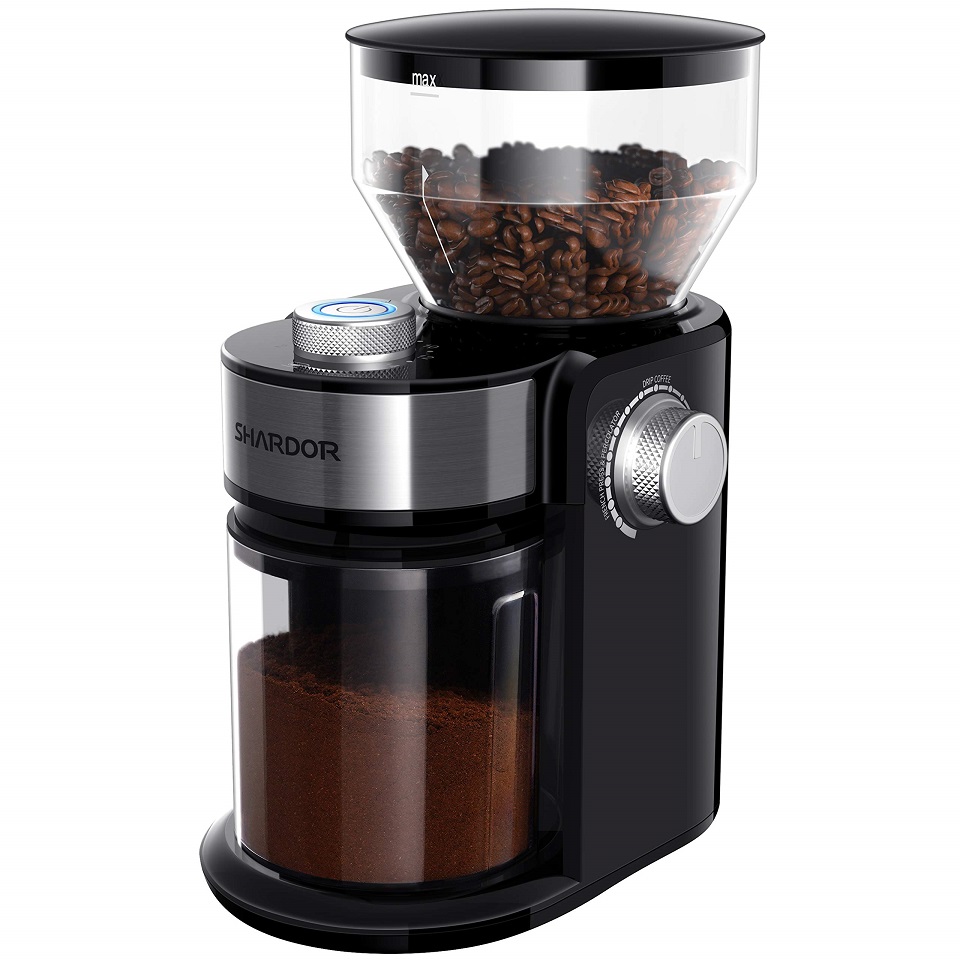
The Importance of Grind Size
How Grind Size Affects Flavor
Understanding grind size is vital in brewing coffee. The grind size directly influences extraction. If the coffee grounds are too fine, the extraction may over-extract, resulting in bitter flavors. Conversely, if the grounds are too coarse, under-extraction occurs, leading to a sour taste.
Each brewing method has an optimal grind size to achieve balance. For example, espresso requires a fine grind, while a French press needs a coarse grind. Knowing the right grind size for your brewing method ensures you enjoy the best flavors from your beans.
Experimentation is Key
One of the most enjoyable aspects of coffee brewing is the ability to experiment. Adjusting the grind size can drastically change your coffee experience. Try grinding your beans a little coarser or finer and see how it alters the flavor.
Keep notes on your experiments. Record which grind sizes you used for each brewing method. This documentation will help you refine your technique and discover the unique flavors of different beans.
Coffee brewing is as much an art as it is a science. Embrace the process of experimentation. Finding the right grind size can open a world of flavors and aromas that enhance your coffee ritual.
Popular Methods for Different Grind Sizes
Knowing the appropriate grind size for various methods can help you achieve better results. Here is a quick guide to some popular brewing methods:
- Espresso: Requires a fine grind for optimal extraction.
- Aeropress: Medium to fine grind works well, depending on the steeping time.
- Pour over: A medium grind is usually ideal, leading to balanced extraction.
- French Press: A coarse grind is essential for proper extraction and easy filtration.
- Cold Brew: A coarser grind is preferred for a smooth, mellow flavor.
By adhering to these guidelines, you will enhance your brewing technique and elevate your coffee-drinking experience.
Maintenance and Care for Coffee Grinders
Cleaning Your Grinder
Regular maintenance is essential for any coffee grinder. Cleaning helps prevent old grounds and oils from tainting your coffee flavor. For blade grinders, a simple wipe-down with a damp cloth can be sufficient. However, burr grinders require a bit more attention.
For burr grinders, disassemble the burrs as per the manufacturer’s instructions. Use a brush to remove any trapped coffee particles. You can also run uncooked rice through the grinder to absorb any oils.
Make it a habit to clean your grinder regularly, especially if you switch between different types of coffee beans. This maintenance will ensure a consistently fresh flavor in every cup.
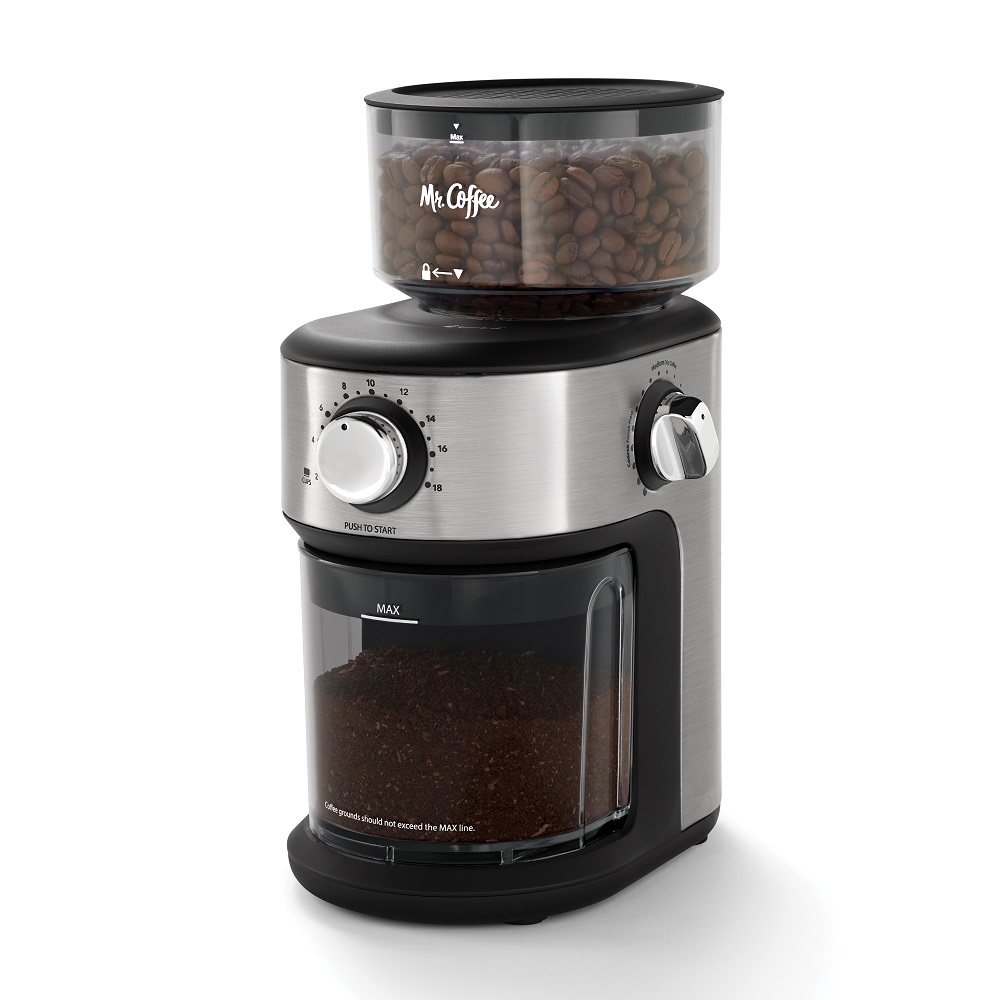
Checking for Wear and Tear
Be attentive to how your grinder performs. If you notice inconsistencies in the grind size or a decrease in performance, it may be time to address wear and tear. Electric grinders can face motor wear, while manual grinders may have burr issues.
Refer to the product manual for troubleshooting guidance. If problems persist, consider reaching out to the manufacturer for support. Many brands offer repair services or replacement options.
Proper Storage Techniques
Proper storage of your coffee grinder can extend its life and improve performance. Always store your grinder in a dry place to avoid moisture accumulation. Avoid leaving beans in the hopper for extended periods; instead, store unused beans in an airtight container.
If you have a manual grinder, ensure that it is sealed properly after use. Proper storage will maintain the grinder’s efficiency and ensure the best taste from your coffee beans.
Experiencing the Aroma: The Final Brew
Brewing Techniques
The culmination of using a coffee grinder is the brewing process. Each brewing method offers a unique interface between the coffee and water. Knowing how to brew effectively is essential for making the most out of freshly ground coffee.
Explore different brewing techniques to discover your favorite. Whether it’s a pour-over, French press, or espresso, each has its nuances that contribute to the overall flavor. Experimenting with techniques can enhance your appreciation for coffee.
The Impact of Water Quality
Water quality plays a significant role in coffee extraction. Invest in a good filter to remove impurities from tap water. Ideally, the water used should be free of chlorine or other distasteful elements.
Pay attention to water temperature as well. Generally, a temperature between 195°F and 205°F is ideal for brewing. Too hot or too cold water can negatively affect extraction and flavor.
The Joy of Coffee Ceremonies
For many coffee enthusiasts, brewing becomes a ritual. Take the time to enjoy the process of grinding, brewing, and tasting your coffee. Engage with the aromas, flavors, and textures.
Consider inviting friends or family to share in the experience. Hosting a coffee-tasting session can be a fun way to learn about different beans and brewing methods. Sharing your passion with others creates a warm community around coffee appreciation.
Conclusion
Coffee grinding is more than just a simple task. It is an art form that significantly influences your coffee experience. Understanding the differences in grinders, the importance of grind size, regular maintenance, and proper brewing techniques will enhance your appreciation for this beloved beverage.
Whether you opt for a blade grinder or invest in a high-quality burr grinder, the key lies in the freshness of the grounds. Incorporating the right tools and techniques fosters a deeper connection to the process.
As you embark on your coffee journey, remember to have fun experimenting. Each cup of coffee is an opportunity for exploration. Embrace the rich world of coffee that lies before you and enjoy every sip!
